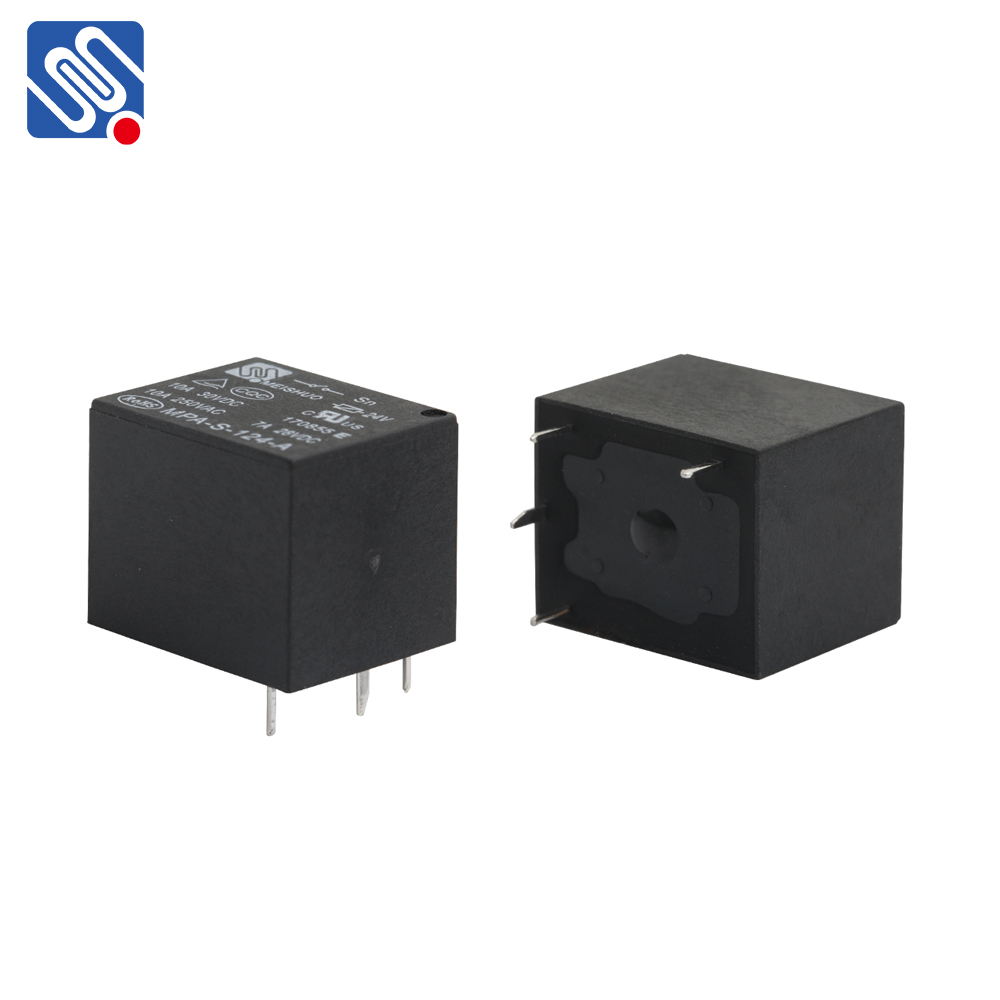The 24V 10A Relay is an essential component widely used in various electrical and electronic systems, playing a crucial role in controlling circuits and managing power distribution. This article aims to explore the functionality, applications, and considerations when working with a 24V 10A relay, highlighting its importance in both industrial and everyday electronics.

What is a 24V 10A Relay? A relay is an electromechanical device that acts as a switch. It allows a low-power signal to control a high-power circuit. The 24V 10A relay is designed to work with a 24V DC control voltage and can handle a maximum current load of 10A. The relay typically consists of an electromagnetic coil, contacts, and an armature. When the coil is energized with a 24V signal, it generates a magnetic field that moves the armature, either opening or closing the contacts and allowing current to flow through the controlled circuit. Key Features and Functionality The 24V 10A relay is widely favored for its capability to control higher-power devices without requiring complex or bulky equipment. The main features that define this relay are: